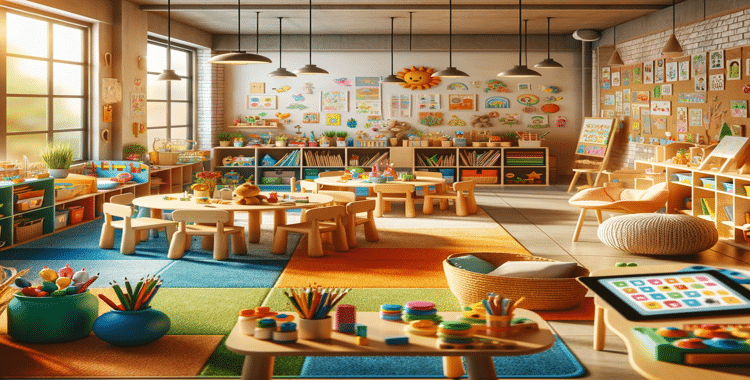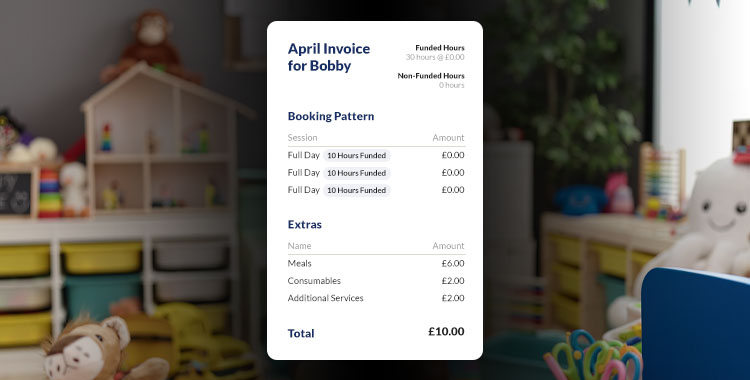Introduction
Creating effective learning environments is a cornerstone of early childhood education and essential for fostering the holistic development of young learners. This comprehensive guide aims to provide early childhood educators with practical strategies, insights, and tools to enhance their teaching spaces and foster an atmosphere conducive to exploration, growth, and creativity.
Understanding the Foundations
Effective learning environments go beyond the physical setup of a classroom. They encompass a nurturing atmosphere that promotes children’s cognitive, social, emotional, and physical development. Creating such environments involves understanding the needs of young learners and implementing strategies that cater to them, enhancing their educational journey.
Strategies for Creating Effective Learning Environments
Embracing Diversity in Learning Styles
Children have varied learning styles, and recognising this diversity is critical. A mix of visual, auditory, and kinesthetics learning materials can cater to different preferences, ensuring that each child’s learning needs are addressed.
Fostering a Sense of Belonging
A sense of belonging and community within the classroom encourages social development and emotional well-being. Creating a welcoming atmosphere where every child feels valued and included can significantly impact their learning experience.
Encouraging Exploration and Creativity
An environment that stimulates curiosity and creativity invites children to explore and learn. Integrating open-ended resources, such as blocks, art materials, and interactive digital tools, can provide endless opportunities for creative expression and problem-solving.
Integrating Technology Thoughtfully
Technology, when used thoughtfully, can enhance learning experiences. Digital tools and resources can support interactive learning, providing dynamic content that engages young minds. Here, platforms like Nursery in a Box can offer valuable resources, aiding educators in enriching their curriculum with innovative technological solutions.
Building Strong Home-School Connections
Engaging families in the educational process strengthens the learning environment. Practical communication tools and platforms can facilitate this connection, ensuring a collaborative approach to education beyond the classroom.
Reflective Practices for Continuous Improvement
Regular reflection on teaching practices and learning outcomes is essential for the growth of both educators and students. Soliciting feedback, observing classroom interactions, and assessing the effectiveness of various strategies can guide educators in making informed adjustments to their approach.
Leveraging Community and Professional Resources
Collaborating with fellow educators and accessing professional development resources can introduce new perspectives and strategies. Networking within the educational community can provide support and inspiration, driving continuous improvement in creating effective learning environments.
Conclusion: Nurturing Future Generations
Creating effective learning environments in early childhood education is dynamic and ongoing. By focusing on the holistic development of young learners, embracing diversity, fostering community, integrating technology thoughtfully, and engaging in reflective practices, educators can build nurturing spaces that inspire curiosity, creativity, and a love for learning. Tools and platforms like Nursery in a Box can support these efforts, offering resources that enhance the educational experience for both educators and students.
As educators, we have the privilege and responsibility of shaping the minds and hearts of young learners. By continually striving to improve and innovate, we can ensure that our classrooms are places of discovery, growth, and joy, where every child has the chance to flourish and succeed.

Hannah
Marketing Manager




